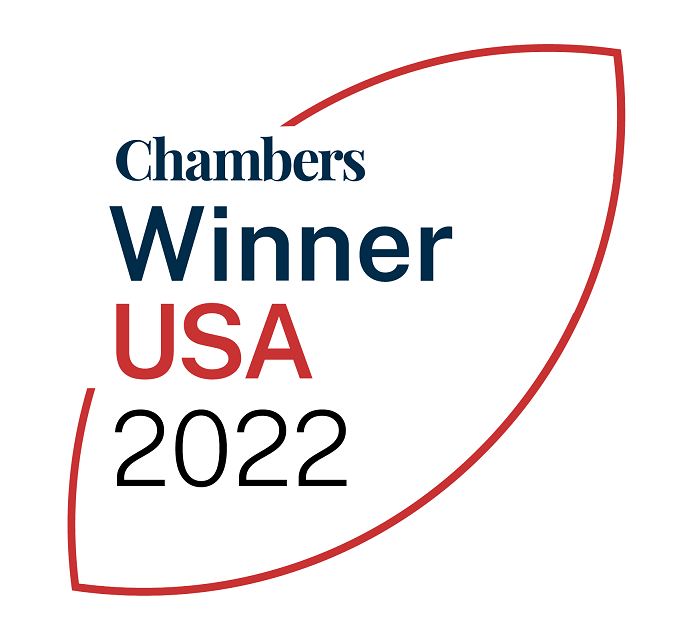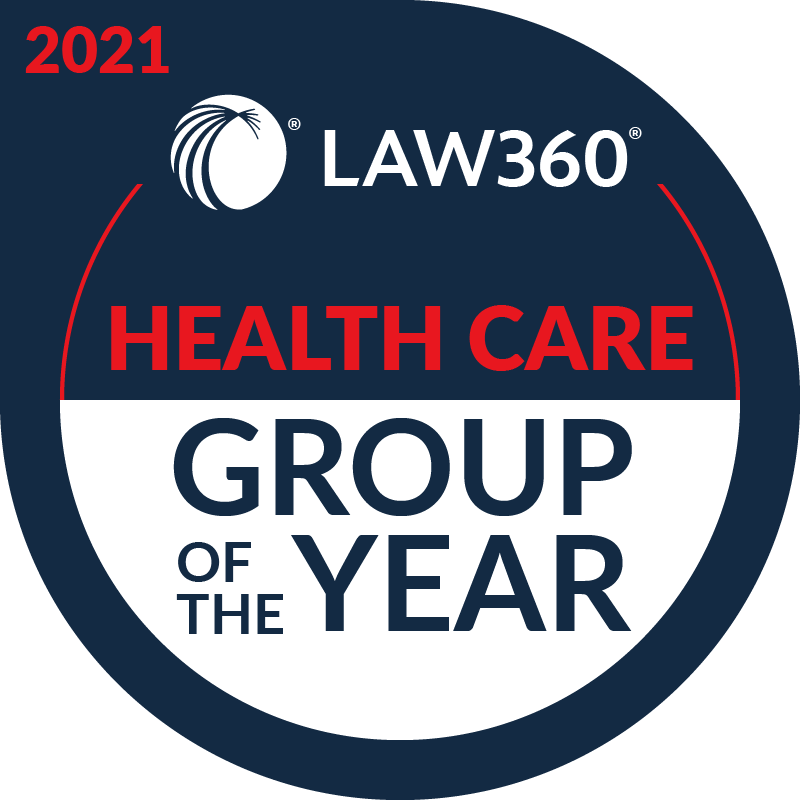Since the announcement in late January that Amazon, Berkshire Hathaway and JPMorgan were teaming up to “disrupt health care,” the intersection of health and business has been top of mind for many. As we wait with bated breath to see just how (or if) they revolutionize the industry, the conversation continues about other potential disruptors and trends on the health care horizon.
Earlier this month, McDermott Will & Emery hosted the 2018 Health Care Services Private Equity Symposium, where participants explored the various business and legal perspectives impacting the health care field. I had the pleasure of moderating a panel discussion at the event entitled “Hot or Not? A Health Care Sector Analysis,” where I joined a handful of experienced investment minds to explore key trends in health care private equity in 2018.
When it came to the sectors getting the most opportunity in 2018, physician practice management (PPM) was the clear favorite among session panelists. Meanwhile, an audience poll indicated the “hottest area” within physician practice management in 2018 is dermatology, followed by dental, anesthesia, ophthalmology, radiology and gastroenterology. In addition to the voted-upon topics, we discussed the recent uptick in investment opportunities in women’s health/OBGYN, orthopedics and urology.

The panel explored this industry trend of physician practice aggregation unseen since the late ‘90s, which, interestingly, is being driven by the same objectives and factors, such as better managed care contracting, improved revenue cycle management and revenue capture, the ability to incorporate ancillary services, consolidated expenses, group purchasing and more sophisticated management. However, there are some clear distinctions that set the current trend apart from that of 20 years ago.
In the 90s, the only option for physicians looking to cash out on PPM equity was through an IPO. Now, there is a clear secondary market for the sale of PPM equity to another private equity firm, a strategic buyer or a larger PPM. Also, the PPMs of the ‘90s did not deliver on their promises to add value, with the primary focus being on rapid growth. Additionally, smart buyers today are using discipline to form PPMs by acquiring “platform” practices that already have the infrastructure to add additional practices to, as opposed to the nineties’ cash-burning strategy of “if you build an infrastructure, they will come.”
In terms of areas set to cool off in the coming year, the top choice among the audience was substance abuse (out of network), followed by free-standing EDs, labs, urgent care, Skilled Nursing Facilities (SNFs) and imaging facilities.

With PPMs cranking up, there has been some thought that there might not be a role for pure-play ASC companies. In light of that, most ASC companies have strategically moved into the PPM space – particularly with those physicians with whom they have existing ASC joint ventures – or have started to explore new strategic partnerships, with examples like, USPI merging with Tenet, AmSurg acquiring Sheridan and merging with Envision, and SCA merging with Optum. While we can’t predict the future, what we do know is that ASCs have defied initial industry expectations and it will be interesting to see how the market continues to evolve.
In terms of out-of-network substance abuse clinics, which received the most audience votes for “most poised to cool off,” Buddy Gumina, founder and managing partner at Grant Avenue Capital, noted that because of the unfortunate addiction issues in this country, “there could be a solution by starting with a really good, highly compliant out-of-network platform and migrating toward in-network. It’s a category, long-term, that has significant opportunity,” he said. Buddy added that another thing that firms can do is bring an operating partner network, including relationships with payors, to the table that can be leveraged.
The problem with out-of-network substance abuse clinics, said managing director at H.I.G. Capital, Camilo Horvilleur, is “the ‘investability’ of the sector.” As he noted, there’s a dearth of real platforms that have teams that can be backed in the space. The ones that are backable are providing value, which over time will create “even more of a distinction between investable assets and not,” he said.
The panel also discussed the promise in the Autism sector, where one panelist, William D. Lautman, managing partner at Nexus Health Capital, underscored that there are numerous recent sector entrants with minimal commitment to clinical excellence. He predicted that a few quality players will advance to sector leadership, in the near future, while companies which lack such quality mandate will fade away. It remains to be seen who will survive in the long run.
The final point of discussion was where multiples will go in the coming year. The panel agreed that we’ll likely see strong exit multiples at the end of the year, though as the panelists noted, that is dependent on where you’re focused and how you’re buying.
As far as what we can expect in the next year with “JP Berkshamazon”? It’s a toss-up.

For more information on the complexities, regulatory challenges and growth opportunities facing the PPM and ASC industries today, attend the 2018 Physician Practice Management & ASC Symposium, taking place in Nashville, TN, on April 25 – 26, to hear first-hand from PPM and ASC leaders about the changing environments and the strategic and legal imperatives for investment success in 2018.
2018 Physician Practice Management & ASC Symposium
April 25-26, 2018
Nashville, TN
Two Conferences – One Venue
- Day 1 | April 25 | Opening General Session – Keynote Panels
- Day 2 | April 26 | PPM-Focused Programming / ASC-Focused Programming






